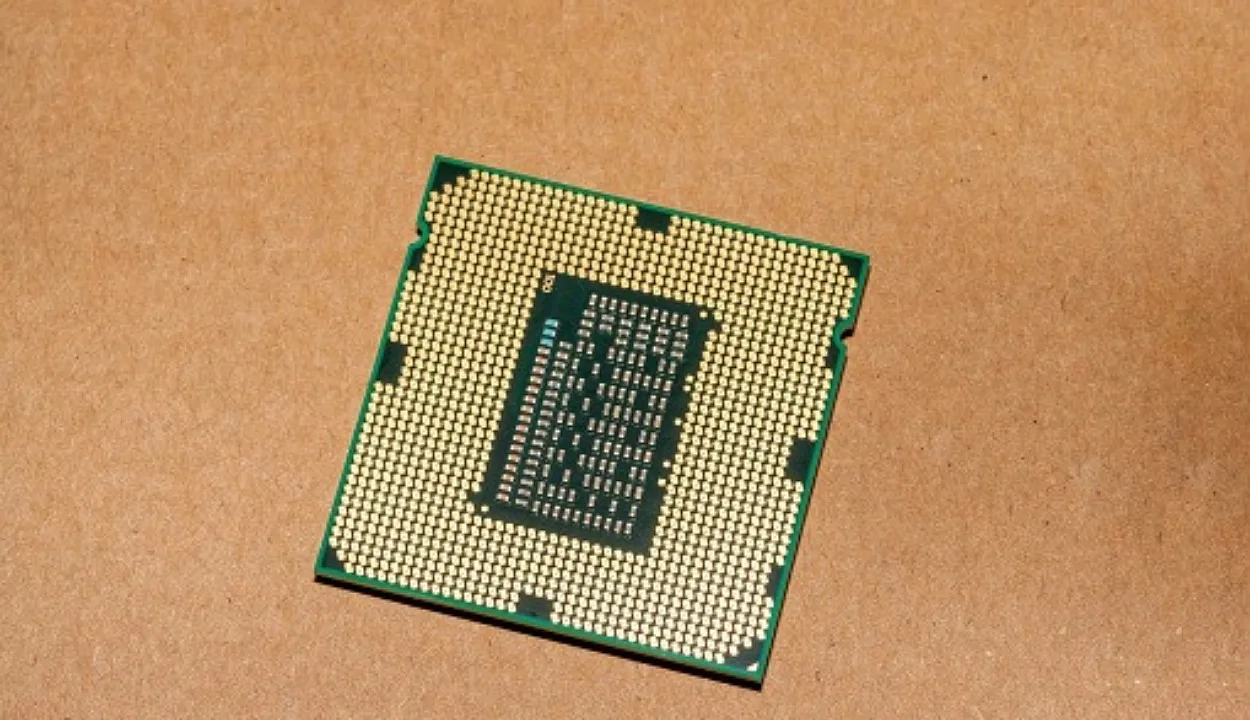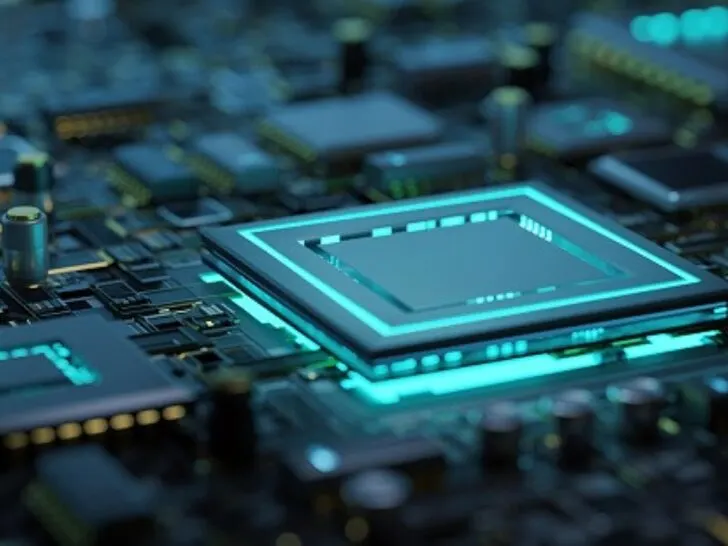The Core M3 processor is flexible and effective and works well with tablets and Ultrabook. It is an appealing option for consumers who need a mix between power and mobility because of its low battery consumption, strong performance, and cutting-edge features.
On the other hand, the Core M5 processor is a powerful and effective chip that works well in mobile devices like tablets and Ultrabook.
Finally, the Core M7 processor is a powerful and effective chip that works well in mobile devices like tablets and Ultrabook.

Core M3
Intel is the company that creates the Core m3 series of processors. It is a business core M line member designed for mobile devices like tablets and ultrabooks.
The Core M3 processor is a popular option for portable devices that need a lot of battery life because of its low power consumption and great efficiency.
Intel’s 14nm manufacturing process allows for the Core m3 processor’s high performance and energy efficiency. Its base clock frequency is 1.0 GHz but may increase to 2.6 GHz in Turbo mode.
The CPU can manage numerous tasks simultaneously, with two cores and four threads.
Components of Core M3
The Core m3 processor’s low thermal design power (TDP), which is under 4.5 watts, is one of its important characteristics. As a result, it produces less heat than other processors, making it the perfect option for compact, fanless machines that need to run quietly.
The Core m3 CPU is suitable for various applications due to its low power consumption and ability to achieve high-performance levels.
Intel’s Hyper-Threading technology, which enhances performance in multi-threaded programs, is also a feature of the Core m3 processor.
By generating virtual cores that can process several threads concurrently, hyper-threading allows the processor to tackle more tasks simultaneously. In programs designed for multi-threading, this can result in significant performance increases.
Based on Intel’s HD Graphics 515 architecture, integrated graphics are another important component of the Core m3 processor. Its graphics processor can support up to three monitors simultaneously, working with resolutions as high as 4K.
Moreover, it has hardware acceleration for video encoding and decoding, which can enhance performance and save power usage in applications that deal with video.
Core M5
Intel created and produced the Core M5 processor, a member of the Core M series. Target markets for the Core M series include tablets and ultrabooks. Core M5’s low power consumption, great performance, and cutting-edge capabilities can benefit several applications.
The Core M5 processor uses Intel’s 14nm manufacturing technology to achieve high performance and energy efficiency. It has a 1.1 GHz base clock speed and a 2.7 GHz turbo boost speed.
The CPU can manage numerous tasks simultaneously, with two cores and four threads.

Like the Core M3, the Core M5 processor has a thermal design power (TDP) of only 4.5 watts. The M5 includes Intel’s vPro technology, which improves security and allows for remote management, and it has a little higher clock speed.
The M5 also supports Intel’s Turbo Boost Technology, which, when required, can automatically raise the processor’s clock speed for enhanced performance.
One of the primary aspects of the Core M5 processor is its integrated graphics, which are based on Intel’s HD Graphics 515 architecture. The graphics processor can support up to three monitors simultaneously, working with resolutions as high as 4K.
Moreover, it has hardware acceleration for video encoding and decoding, which can enhance performance and save power usage in applications that deal with video.
Core M7
The Core M7 is a member of Intel’s Core M series and was developed and produced by the company.
It is designed for mobile devices like tablets and ultrabooks and is renowned for its excellent performance and low battery consumption.
The Core M7 processor uses Intel’s 14nm manufacturing technology to achieve high performance and energy efficiency. It has a 1.2 GHz base clock speed and a 3.1 GHz turbo boost speed. The CPU can manage numerous tasks simultaneously, with two cores and four threads.
Like the Core M5 and M3, the Core M7 processor has a thermal design power (TDP) of under 4.5 watts. But, the M7 offers superior security and remote administration capabilities thanks to its faster clock speed and compatibility with Intel’s vPro technology.
The M7 also supports Intel’s Turbo Boost Technology, which, when required, can automatically raise the processor’s clock speed for enhanced performance.
The integrated graphics of the Core M7 processor, which are based on Intel’s HD Graphics 515 architecture, are one of its distinguishing qualities. The graphics processor can support up to three monitors simultaneously, working with resolutions as high as 4K.
Moreover, it has hardware acceleration for video encoding and decoding, which can enhance performance and save power usage in applications that deal with video.
Difference Between Core M3, M5, M7
The Core M series includes the Core M3, M5, and M7 processors, all created and produced by Intel. These processors, recognized for their great performance and low power consumption, are designed for mobile devices like tablets and Ultrabooks.
While these CPUs have numerous similarities, there are also some distinctions.
- The Core M3 processor’s basic clock speed is 1.1 GHz and can be turbo-boosted to 2.6 GHz.
- The Core M5 processor’s base clock speed is 1.1 GHz and can be turbo-boosted to 2.7 GHz.
- The Core M7 processor’s base clock speed is 1.2 GHz and can be turbo-boosted to 3.1 GHz.
This indicates that the Core M7 processor is the fastest of the three.
Thermal Design Power (TDP)
The Core M3, M5, and M7 CPUs all have the same TDP of 4.5 watts, indicating that they are all equally efficient in energy use.
Integrated Graphics

The HD Graphics 515 architecture is the foundation for the integrated graphics in the Core M3, M5, and M7 processors.
The M3 and M5 processors have a maximum graphics frequency of 900 MHz, while the M7 CPU has a maximum graphics frequency of 1.05 GHz.
Better graphics performance may result from the M7’s higher graphics frequency.
All three CPUs are compatible with Intel’s Hyper-Threading technology, which allows the processor to handle more tasks concurrently by dividing a single physical core into many virtual cores.
| Apple MacBook 12 Core m3 | Apple MacBook 12 Core m5 | Apple MacBook 12 Core m7 | |
| Processor | Intel Core m3-6Y30 | Intel Core m5-6Y54 | Intel Core m7-6Y75 |
| Graphics Card | Intel HD Graphics 515 (up to 850 MHz) | Intel HD Graphics 515 (up to 900 MHz) | Intel HD Graphics 515 (up to 1000 MHz) |
| RAM | 8 GB DDR3L | 8 GB DDR3L | 8 GB DDR3L |
In contrast to the M3 and M5 processors, which each have two threads, the M7 CPU has more lines at four.
The M5 and M7 CPUs are compatible with Intel’s vPro technology, which improves security and allows for remote management. The M3 processor does not support this capability.
Final Thoughts
- The Core M3, M5, and M7 CPUs have many characteristics, such as their strong performance and low power consumption.
- The M5 and M7 processors both feature Intel’s vPro technology, although the M3 chip does not, and the M7 CPU is the fastest of the three.
- Intel’s Hyper-Threading technology, which enhances performance in multi-threaded programs, is a feature of the Core M7 processor.
- By generating virtual cores that can process several threads concurrently, hyper-threading allows the processor to tackle more tasks simultaneously.
- In programs that are designed for multi-threading, this can result in significant performance increases.

